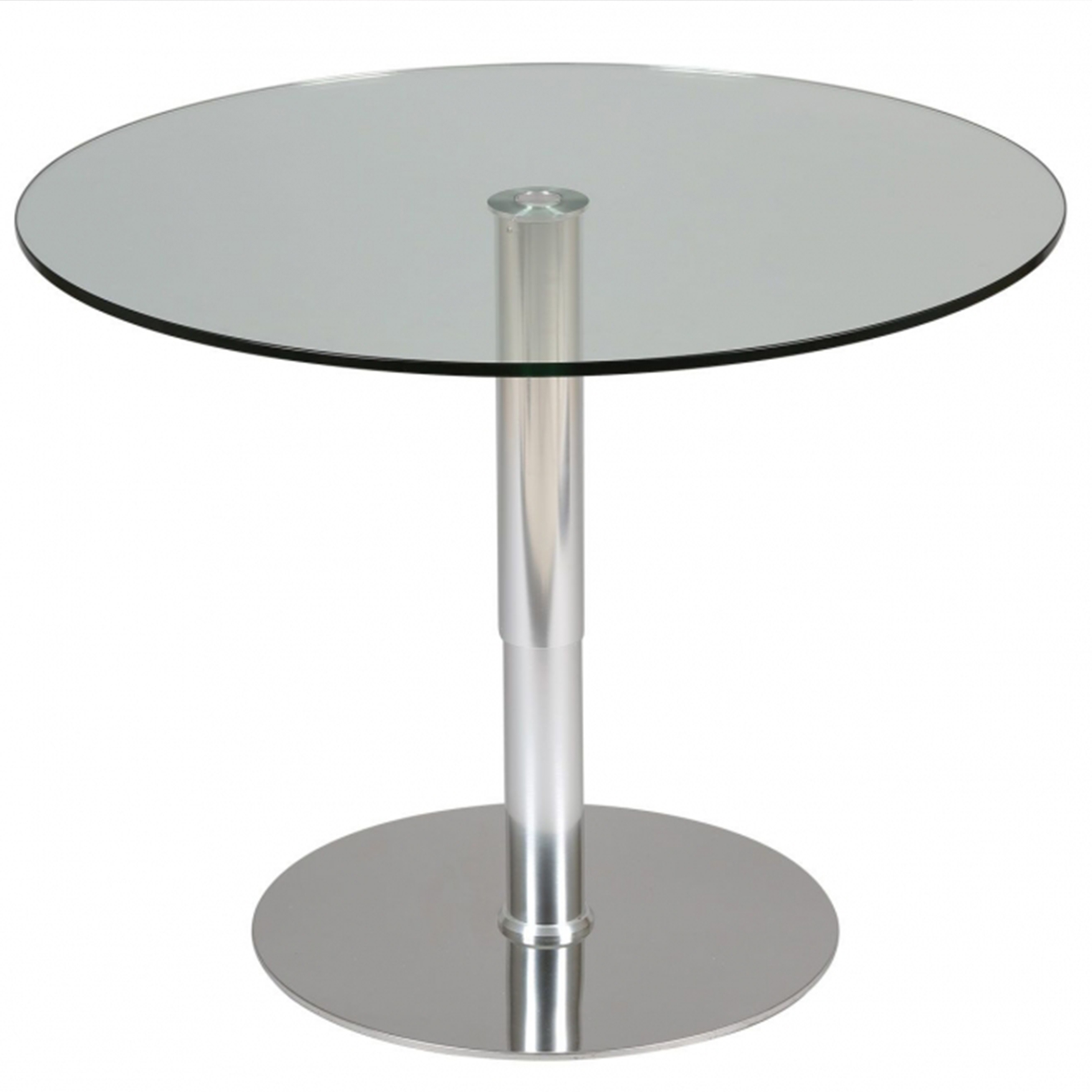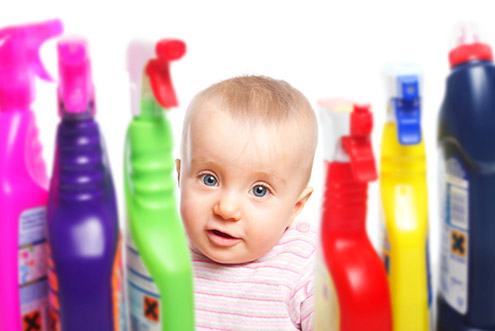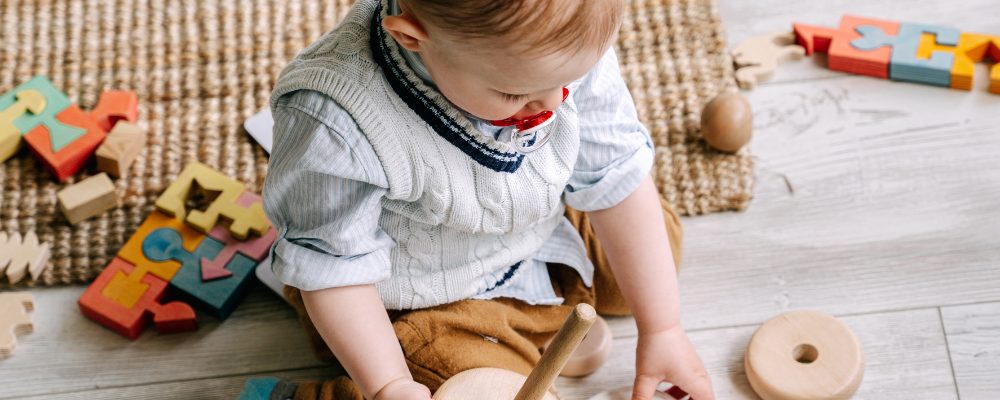If home is the ideal place to feel comfortable and safe, it can also threaten the safety of young people, who are unaware of the risks they may encounter on a daily basis. It is therefore important to make the habitat reliable and to keep the various dangers away.

So that our children can explore their environment in complete peace, securing their home is essential. Let's readapt our interior so that the awakening and curiosity of little ones are not disrupted by unfortunate encounters with objects inappropriate for them.

From the moment your child begins to move around, whether on all fours or while walking, the zone of alertness expands considerably.
At the bottom of each room (from the ground to approximately 1m in height), new obstacles arise, and the risks also increase. Your toddler will face three major difficulties on his journey:

- the shocks
- the falls
- domestic accidents
Avoid shocks
A young child's curiosity will lead him to explore his surroundings through touch. His little hands will sometimes go to discover objects that could hurt him. It's up to us to establish the list of dangerous areas and objects, to protect it.

One of the first dangers concerns electricity and more particularly electrical outlets . While new systems incorporate security, older models are particularly dangerous. So remember to use socket covers to prevent the child from approaching them.

Fingers stuck in doors are an unfortunate classic, but one that is easy to avoid. Using a finger protector or door stopper, prevent your child from being pinched. For drawers, equip yourself with safety catches and shock absorbers which prevent the furniture from violently closing. For your removable and folding furniture, choose patented models for their safety.

Injuries often occur from furniture corners . Right angles become blunt when the child walks around them awkwardly. For your tables (especially coffee tables) and other pointed furniture, opt for protections or furniture with rounded corners .
Cushion falls

If a child's first steps bring joy and pride to the family, they will also be the sign of multiple falls. It is indeed the experience, accompanied by somersaults, which will perfect the little one's gait. Let us therefore support this learning with gentleness and kindness.
As soon as your child takes their first steps, it is a good idea to review the different routes they can try and thus check their safety. Be careful of objects on the ground , but also of electrical wires crossing a passage.
Also pay attention to differences in level and gaps between two floors or rooms, the threshold bars will unify the changes to avoid stops and falls. Of course, the stairs must be protected by barriers (guardrails) to prevent access at the top and bottom.

Good to know : Also consider using soft rugs in the main space, they will serve as much to cushion baby's falls as for your own comfort. They can also hide unsightly and unsightly wire passages.
Preventing domestic accidents

80% of domestic accidents involving children under six years old take place inside the home and remain the main cause of mortality for children. By anticipating dangers, being vigilant and helping your child learn basic safety rules, you will make your home a safe space for the whole family.

The kitchen is the most problematic room when you have young children, because it exposes them to different types of risks. Lock access to cupboards and drawers with integrated locks or removable latch devices. Any sharp objects (knives) or dangerous objects (lighters, household appliances) must be carefully stored out of the reach of children .

Be careful with foodstuffs but also with harmful products. Some could be ingested by a child without awareness. Keep toxic products away by storing them high up. Remember that over time, the child will try to reach the top of the furniture, so be careful not to leave harmful objects there.
Remember to turn the handles of the pans towards the inside of your cooker so that a child does not grab them. Children's access to the kitchen should be avoided as much as possible, particularly when preparing meals. Also remember that any small object could potentially be ingested. It will therefore be necessary to ensure that none of them are within reach of younger children.
Good to know: Finally, plants must be chosen for their safety. Indeed, certain plants are toxic to children (oleander, aloe, fig tree, etc.) who touch them or put them in their mouth. To go further, upgrade your interior for the arrival of your child.



 The up and down coffee table: practical on a daily basis for small homes
The up and down coffee table: practical on a daily basis for small homes
 Liftable table: which design to go with my sofa?
Liftable table: which design to go with my sofa?
 Liftable coffee table: round or rectangular? Our advices
Liftable coffee table: round or rectangular? Our advices
 Tips and good ideas for furnishing a studio for rental
Tips and good ideas for furnishing a studio for rental
 Quelle dimension de canapé choisir ? Le guide ultime pour un achat parfait
Quelle dimension de canapé choisir ? Le guide ultime pour un achat parfait
 Quelle couleur associer avec votre canapé vert foncé ?
Quelle couleur associer avec votre canapé vert foncé ?




















































